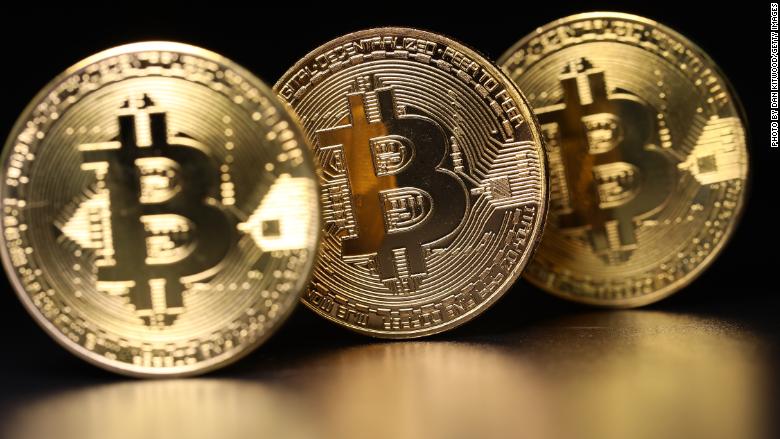Second bitcoin futures debut could lure volume to wild market

NEW YORK (Reuters) – Bitcoin investors expect futures volumes to perk up when CME Group Inc, the world’s largest derivatives exchange operator, launches its own contract to wager on the cryptocurrency on Sunday.
The second U.S. bitcoin futures launch is seen as another step towards big institutional investors warming up to a volatile asset that had until recently been accessible only via largely unregulated markets.
Like the futures contract launched last week by rival Cboe Global Markets, CME’s will be cash settled. But it will be priced off an index of data from several cryptocurrency exchanges, instead of just one.
“The CME contract is based on a broader array of exchanges,” said Matt Osborne, chief investment officer of Altegris, a $ 2.5 billion alternative investments provider based in San Diego, California. “So there is a possibility that the CME contract may generate more interest and more volume.”
The January CME contract will trade on.
Bitcoin has drawn attention for its eye-popping price gains, but it is also notoriously volatile. Bitcoin exchanges and digital currency wallets meanwhile have struggled with issues like outages, denial-of-service (DDoS) attacks and hacks.
Bitcoin hit another record high on Friday near $ 18,000 on the Luxembourg-based BitStamp platform, and has soared roughly 1,700 percent so far this year.
Chicago-based Cboe’s bitcoin futures surged nearly 20 percent in their debut on Monday, and more than 4,000 contracts changed hands by the end of the 4:15 p.m. EDT settlement.
But the trading volume in the one-month contract, which expires in January, fell to just around 1,500 contracts the next day. By Friday, volume had stabilized at roughly more than 1,000 contracts.
In contrast, trading volume in the Cboe volatility index futures typically runs in the tens of thousands to more than 100,000 contracts, market participants said.
The decline in bitcoin futures volume had been expected, analysts said, given concerns about the cryptocurrency’s underlying volatility.
And discount brokerage TD Ameritrade said on Friday it would allow certain clients to trade Cboe bitcoin futures from Dec. 18, pointing to a potential pickup.
The futures contract price has declined more than 5 percent since its launch on Dec. 10.
Some investors believe the CME bitcoin futures could attract more institutional demand because the final settlement price is culled from multiple exchanges.
The Cboe futures contract is based on a closing auction price of bitcoin from the Gemini exchange, which is owned and operated by virtual currency entrepreneurs and brothers Cameron and Tyler Winklevoss.
To be sure, the general sentiment in the market remains one of caution and this has been reflected in margin requirements for the contracts.
In the futures market, margin refers to the initial deposit made into an account in order to enter into a contract.
The margin requirement at CME is 35 percent, while at Cboe, it is 40 percent, reflecting the cryptocurreny’s volatility. The margin for an S&P 500 futures contract, by contrast, is just 5 percent, analysts said.
One futures trader said the average margin for brokers or intermediaries on bitcoin contracts is roughly twice the exchange margins.
Andrew Busch, chief market intelligence officer of the U.S. Commodities Futures Trading Commission in an interview with CNBC last week pointed out that the underlying cash market for bitcoin is still not regulated.
“It’s important to keep that in mind when (investors) are trying to make a decision,” he added.
Some analysts believe it is going to take some time before bitcoin futures take off in a big way.
Many professional traders use quantitative systems to identify trading opportunities and that requires a history of data which the bitcoin futures contracts do not yet have.
“Volumes are going to slowly increase as professional traders get comfortable with the price action and more importantly get comfortable with the volatility and the margin usage,” said Altegris’ Osborne.
Bitcoin was set up in 2008 by an individual or group calling themselves Satoshi Nakamoto, and was the first digital currency to successfully use cryptography to keep transactions secure and hidden, making traditional financial regulation difficult if not impossible.

